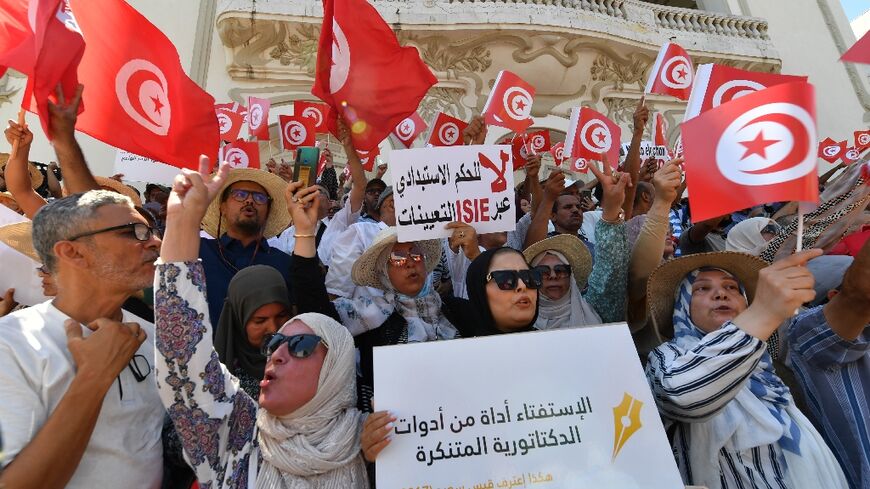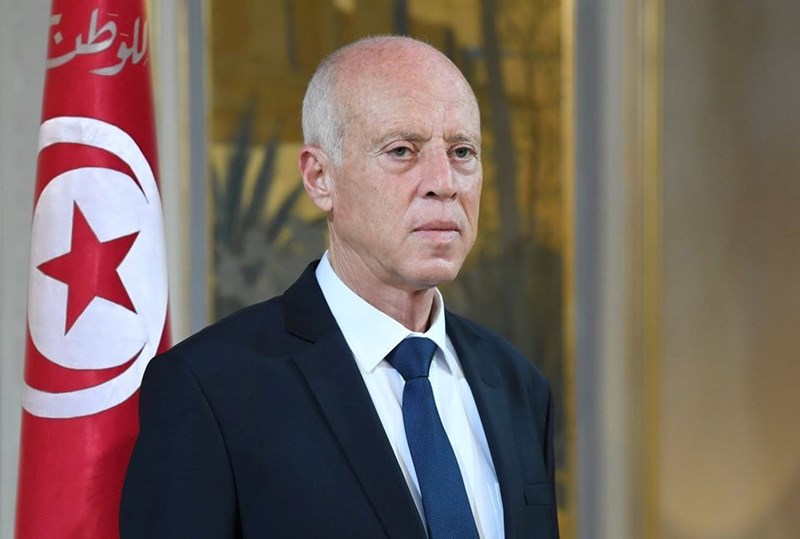By Katya Mavrelli,
With the approval of the new constitution, Tunisia signaled the beginning of a one-man rule, with President Kais Saied solidifying his presidency and control over the government. After the beginning of the Arab Spring protests, Tunisia seemed to be the one country that would manage to survive these winds of change and rise as a fledgling democracy. Now, 21 years after these abrupt changes, it suffered a deadly blow to a fraying democracy.
The passing of the new charter of the constitution signaled the end of the democracy that was somehow in place. The draft that was proposed weeks before the national referendum took place underlined the emergence of a system with a President that could not be harmed in any way, and who was protected from all sources of threat in national institutions. The Parliament and the judiciary in this system would also be powerless, showcasing just how much power will be concentrated in the hands of the President.
Tunisia has been experiencing instability for more than a year, ever since Saied suspended the parliament and dismissed the prime minister. After this, Saied initiated a monopoly of power in an effort to rid the country of corruption and bring efficiency to a weak government and its subsequent structures.
As Tunisia’s economy is also experiencing collapse and is faced with the turmoil that has been brought to the IMF’s attention, Saied is making ambitious proposals in search of greater power and less internal instability. Even though most of the clauses referring to rights and liberties have been respected and are mentioned in the new constitution, the significant emphasis on the President’s role and powers cannot be overlooked.

With this constitution, the President would now have the power to propose laws, make treaties, draft budgets, appoint ministers or judges at will, and dissolve the parliament. Despite these interventionist approaches, there is no clause referring to the dismissal of the President, meaning that Mr. Saied is now fully protected and well situated within the law. The two five-year terms that the President has can also be extended in case of emergency or immediate danger to the country.
This referendum seems to bring the revolutionary waves of change of the 2011 Arab Spring to an official end. Despite hopes for Tunisia’s future and the potential it showed not only during the beginning of the revolution but also in recent years, it seems that now these hopes have come to an end and an era of uncertainty and instability has taken over once more.
It also shows that the prospects of democratization that the Arab Spring revolts initiated seem to have come to an end since the region is plunging deeper into authoritarianism, and since political instability seems to be the norm across the MENA, the Gulf, and the Horn of Africa. With political crises emerging all over the region, the question remains: could there ever be democratization in the region, or is this a fall-away reality?
References
- Tunisia: Adoption of new constitution marks a setback for human rights, amnesty.org, Available here
- Global Lessons for Tunisia’s Stalled Transition, carnegieendowment.org, Available here
- Tunisia’s Democracy Verges on Collapse as President Moves to Take Control, nytimes.com, Available here




